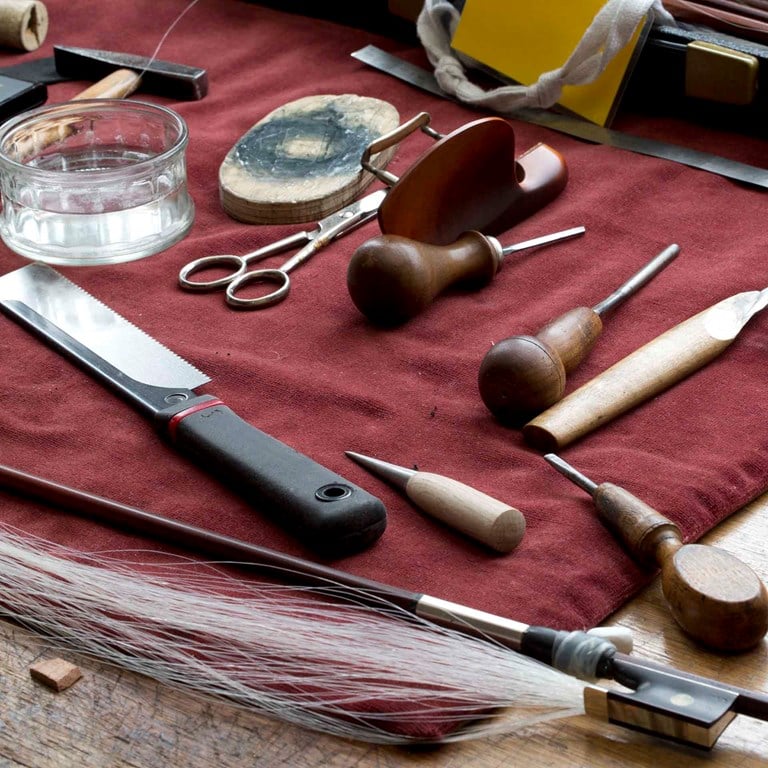Customer Experience Tools

Explore more insights from Bain's 2020 Customer Experience Tools and Trends survey: Let No Tool Stand Alone.
Customer experiences ranging from the ordinary, in the moment ("Alexa, order me a pizza") to the life-changing ("Will my health insurance cover this procedure?") share a common trait: Their success hinges on excellent design. The discipline of design, while not new to business, has ascended as more companies shift from transactional product sales to ongoing services, creating longer relationships with customers. A customer episode consists of all the activities that customers and the provider perform to fulfill the customer's needs. By designing future customer episodes, companies gain a view of the end-to-end customer experience rather than just the pieces of the internal process.


Customer Experience Tools and Trends
Our insights share how the right CX tools make customers’ lives richer and more fulfilling and strengthen a company’s economics by holding down costs and securing new revenue streams.
How companies use customer episode design
- Enhance customer experience. Customers expect an easy, highly personal experience from their bank, telecommunications carrier, healthcare provider, retailer or car dealer, accessible via multiple channels but increasingly centered on the smartphone.
- Enhance employee experience. Successful companies create dedicated cross-functional teams that work in sprints to improve the customer episode, from design to implementation.
- Radically simplify and digitalize operations. Smart and radical simplification is crucial to excel, both in customer experience and in cost. Episode design takes a digital-first lens to redesign key episodes and ruthlessly simplifies across the episode.
- Optimize channel mix. Companies can create a seamless omnichannel episode by providing device-agnostic, state-of-the-art digital platforms and assigning clear channel roles.
- Reduce cost. A well-designed episode is cheaper for employees to execute and is easier to perform correctly the first time.
Key considerations with customer episode design
Creating memorable, iconic experiences requires design that, from the start, companies can deliver at scale. To get there, leading firms draw from past successes, while also adapting as new information and technology emerge. They typically follow four principles:
- Put the customer episode front and center. A growing number of firms have found the most authentic and practical design unit to be the customer episode.
- Design to cover your performers and your economics. The best design devotes ample attention to the employees, contractors and partners who will provide the experience. Giving each of these performers the right tools, and removing barriers in their way, can boost their motivation and enhance the experience.
- Design for onstage and backstage. Episode design covers what customers see, hear and touch. However, companies must also design the processes, policies, capabilities and systems required to deliver a great overall experience reliably and at scale. The trick is to simultaneously design onstage and backstage elements so that customer and economic outcomes remain both ambitious and achievable.
- Adapt the organization to the new design. Before performers and systems can deliver an exceptional experience, leaders might need to change the organization’s structure, capabilities, processes and ways of working, considering factors such as governance, policies and technology.
| RELATED TOPICS | HOW BAIN CAN HELP |
|---|---|
|